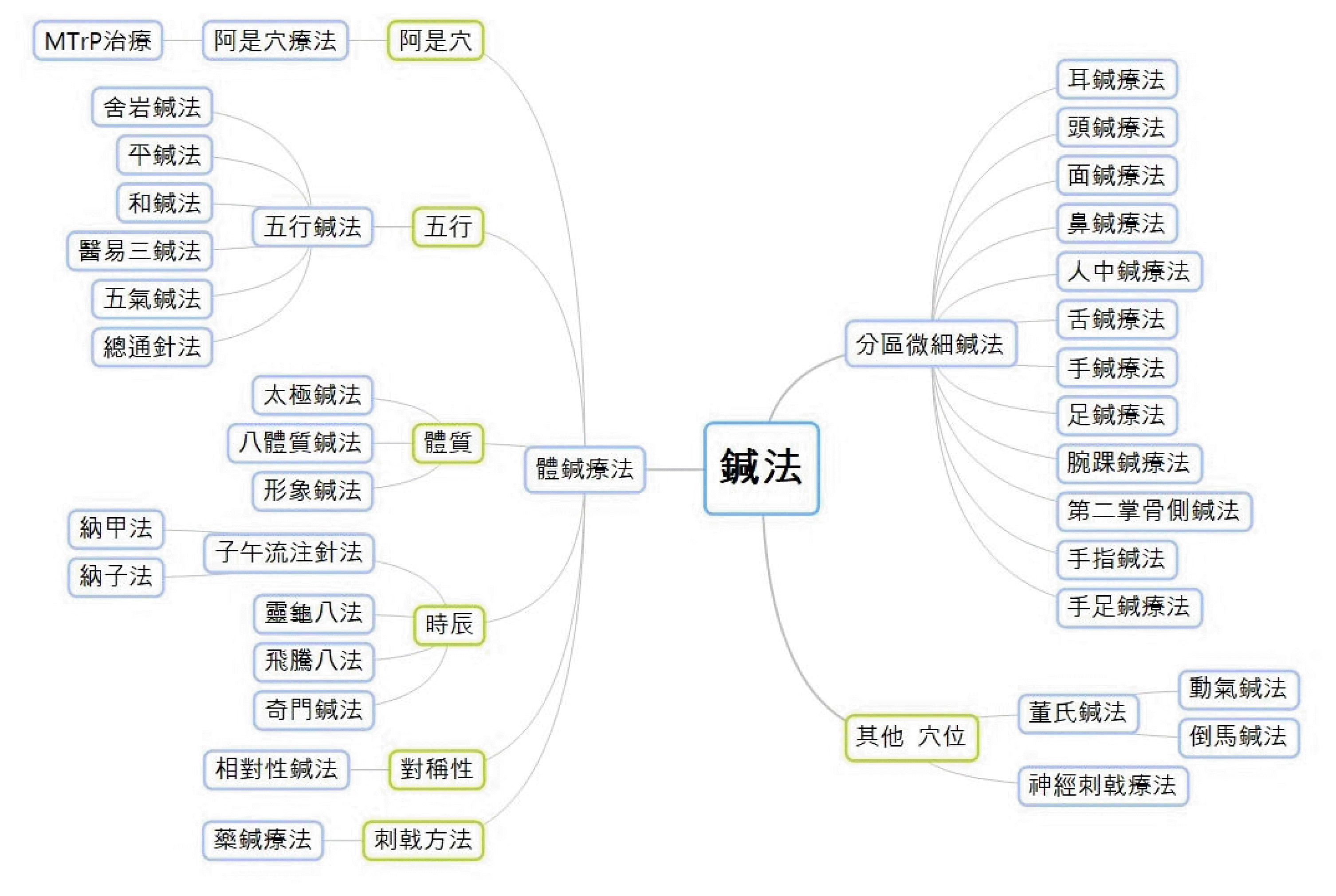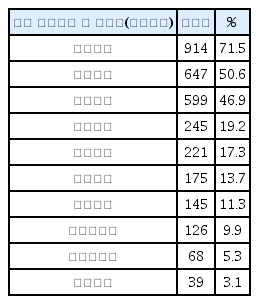References
1. Kye KY, Kim BS. 2020. A Study on Methods of Acupuncture Points Combination and Hierarchy Concept of Acupuncture Prescription(鍼 處方) in Korean Medicine(韓醫 學). The Journal of Korean Medicine 41(3)9–21.
http://dx.doi.org/10.13048/jkm.20022
.
2. The Textbook Compilation Committee of the Korean Acupuncture & Moxibustion Medicine Society. 2020. Acupuncture Medicine(鍼灸醫 學) Seoul: Hanmi Medical Publishing Co.
3. Choi SM. 2005;Discovery and triangular position of Korean acupuncture and moxibustion treatment techniques. Korea Institute of Oriental Medicine Research Report :1–118.
4. Han CH, Park JE, Ahn SW, Choi SM. 2005;A Survey about the recognition regarding the Korean acupuncture method and research direction. The Journal of Korean Medical history 18(1):89–101.
5. Yoo JH, Kim YY, Park KH, Jang ES, Lee SW. 2010;A Study on the Sasang Constitutional application of Clinical Acupuncture. Korean Journal of Oriental Medicine 16(3):15–22.
6. Woo HL, Ji HR, Park KS, Whang DS, Lee CH, Jang JB, et al. 2017. A Survey on Korean Medicine Doctors’ Recognition and Clinical Fields of Treating Primary Dysmenorrhea for Developing Korean Medicine Clinical Practice Guideline for Dysmenorrhea. The Journal of Korean Medicine Obstetrics & Gynecology 30(2)93–106.
https://doi.org/10.15204/jkobgy.2017.30.2.093
.
7. Academic committee in Korean Pharmacopuncture Institute. 2008. Pharmacopuncturology Seoul: Elsevier Korea L.L.C.
8. Young WC. 2014. Practical Five transport points’ demonstration(實用 五輸穴發揮) Gyeonggi Province: FishWood.
9. Institute of traditional medicine. 2001. Dictionary of Korean medicine 3rd rev. edth ed. Seoul: Seongbosa.
10. Institute of traditional medicine. 2000. Dictionary of Oriental medicine(東洋醫學大辭典) Seoul: Seongbosa.
11. Baek DJ. 2004. Sincheon clinical acupuncture (信天臨床鍼法) Seoul: Jungdam Publishing Co.
12. Meridians & Acupoints Compilation Committee of Korean medical Colleges. 2015. Principles of Meridians & Acupoints; A Guidebook for College Students 7th rev. edth ed. Daejeon: JongRyeoNaMu Publishing Co.
13. Choi MB, Kwak DW, Lee JH. 2000. Practical Dongssi acupuncture therapy(實用董氏鍼法) Seoul: Daesung Publishing Company.
14. Lee JY, Lee SW, Kim DH, Koo ST, Lee I. 2012;Research Trend on the Clinical Application of Dong-gi Acupuncture Treatment. Journal of Physiology & Pathology in Korean Medicine 26(5):599–609.
15. Gam CW, Park DI. 2005;Study on Hwa-acupuncture Theory. Journal of Physiology & Pathology in Korean Medicine 19(2):363–9.
16. Sim SH, Kam CW, Park DI, Byun MK, Kim SH, Baek SI. 2008;Study on Hwa-acupuncture Theory. Journal of Physiology & Pathology in Korean Medicine 22(3):1119–24.
17. Kwon OH. 2001. A lecture on Clinical Acupuncture(臨床鍼法講座) Seoul: Daesung Publishing Company.
18. Jung IG, Kang SK, Kim CH. 2001;A Comparative Study on Acupuncture Using Five Su points(五輸穴). The Journal of Korean Acupuncture & Moxibustion Society 18(2):186–99.
19. Cummings M. Western medical acupuncture-the approach to treatment: Filshie, J, White, A, Cummings, M Medical Acupuncture: A Western Scientific Approach 2nd edth ed. Seoul: Hanmi Medical Publishing Co; 2019. p. 95–118.
20. Kim SH. 2003. Sun Ho Miraculous Pivot 1Daejeon: Jumin Publishing Co.
21. Park JE, Jung HJ, Kim AR, Jung SY, Hwang HS, Choi SM. 2011;Current State of Pain Treatment in Oriental Medicine. The Journal of Korean Medicine 32(2):23–41.
22. Kang KH, Kim KC, Baik GG, Lee YT. 2003;Study on the Acupuncture in Hyungsang. Journal of Physiology & Pathology in Korean Medicine 17(5):1157–76.
23. Kim JH, Cho MR. 2003;A Comparative Study on Sa-Am’s Ohaeng-acupuncture and Liuqi-acupuncture. The Journal of Korean Acupuncture & Moxibustion Society 20(1):61–73.
24. Kye KY, Kim BS. 2021. A Theoretical Study on Acupuncture Methods(鍼法) Using Five Transport Points(五輸穴). The Journal of Korean Medicine 42(1)59–74.
http://dx.doi.org/10.13048/jkm.21005
.
25. Jung CH. 2006;Study on the Medicine -Changes Three Point Acupuncture. The Journal of Korean Medical Classics 19(4):193–201.
26. Kim KH, Kang JS. 2000;Study on Principle of Gimun(Jimen) & Application of Gimun-chimbub(Jimen-zhenfa). The Journal of Korean Acupuncture & Moxibustion Society 17(3):233–49.
27. Kim SE, Lee JH, Jung YO. 2019;A Study on the Chong-Tong Acupuncture. The Journal of Saam Acupuncture 1(1):15–24.
28. Lee CW. 2013. Intermediate Chongtong acupuncture therapy 2nd rev. edth ed. Gangwon Province: Chongtong Publishing Co..
29. Editorial department of MinjungBookstore. Essence Korean language dictionary 6th rev. edth ed. Gyeonggi Province: Minjungseorim Co.
30. Yamada K. 2012. How Chinese Medicine started Seoul: ScienceBooks.
31. Yong BK. 2010. The Concept of Huangdi’s Internal Classic Seoul: NonJang Publishing Co..
32. Han DS. 2003. Principle of Cosmic change Seoul: Daewon Publishing Co..
33. Kim BS. 2007;Study on the Organic Relations among Hado, Laksǒ, a Priori Eight Trigrams, and a Posteriori Eight Trigrams. Journal of Physiology & Pathology in Korean Medicine 21(2):379–86.
34. Han KS. 2010. A lecture on Principle of IChing(易學原理講話) Seoul: Yemoonji.
35. Kye KY, Kim BS. 2020. A Study on Consideration of the Concept and the Directions in Further Research of Meridian Points(經穴) Based on Symbolic Mathematical Study(象數學). The Journal of Korean Medicine 41(2)9–22.
http://dx.doi.org/10.13048/jkm.20011
.
36. Newton Press. 2020. All about the dimensions Seoul: Newton Korea.
37. Kye KY, Kim BS. 2018. Principles and the Meaning of the Establishment of Meridian and Collateral Theory Based on Symbolic Mathematical Study. Journal of Physiology & Pathology In Korean Medicine 32(4)197–210.
http://dx.doi.org/10.15188/kjopp.2018.08.32.4.197
.
38. Chae MS. 2013. A study of Prescription of Acupuncture and Moxibustion Seoul: Bubin Publishing Co..
39. Lee KW. 2010. Edited, annotated and translated Huangdi’s Internal Classic-Plain Questions(編注譯解 黃帝內經素問) 13rd rev. edth ed. Seoul: Yeokang.
40. Her J. 2005. Translation of Donguibogam(東醫寶鑑) Gyoungsangnam-do: Donguibogam publisher.






